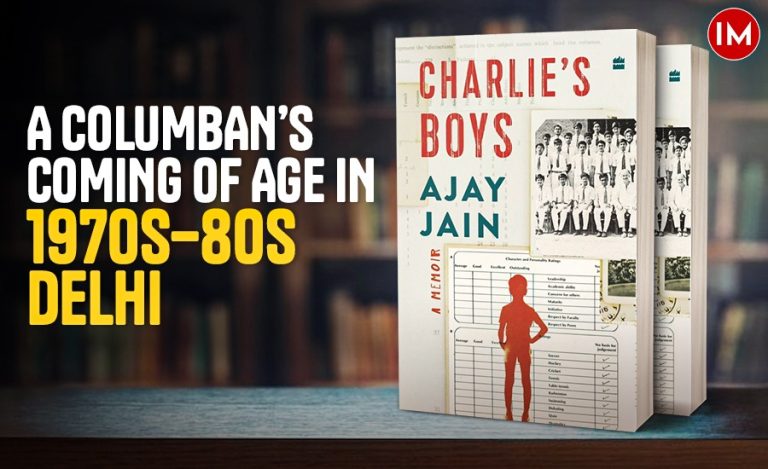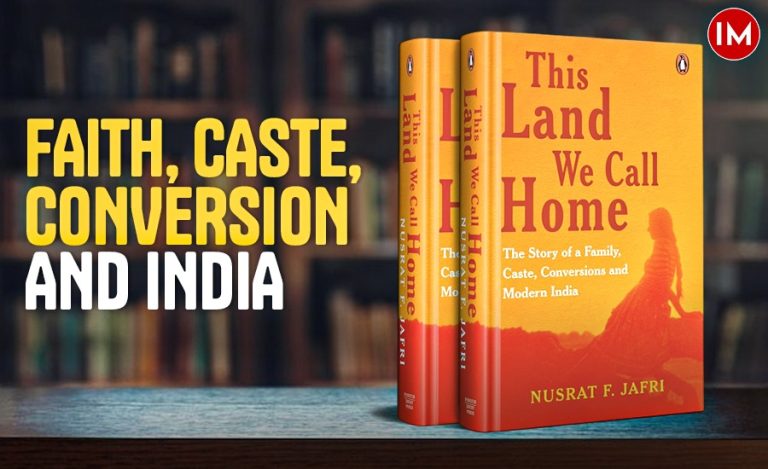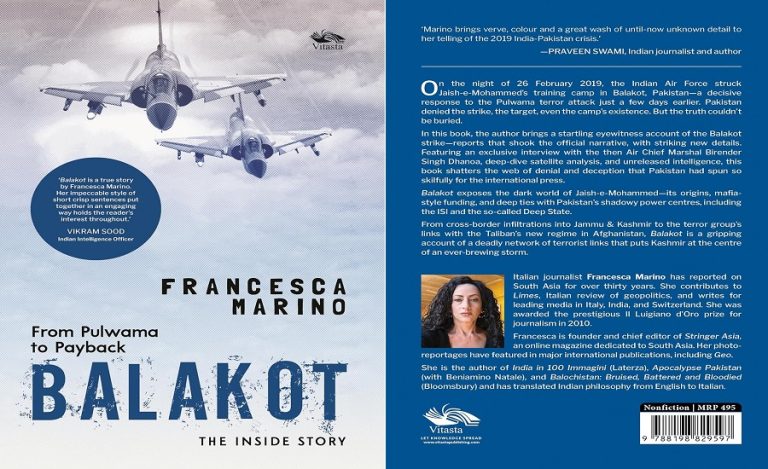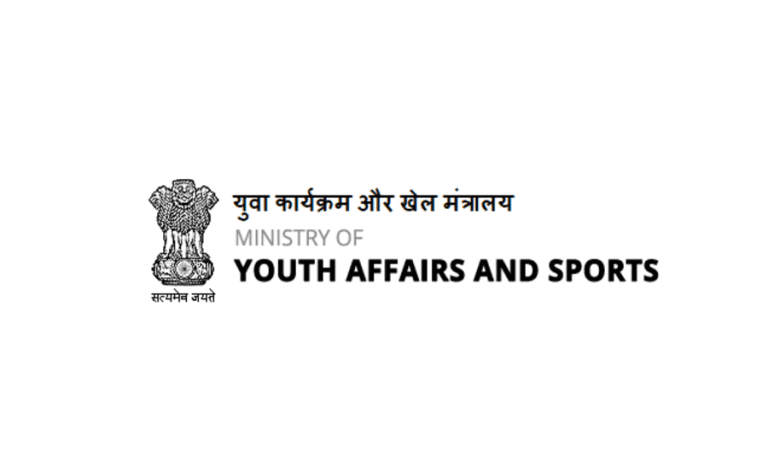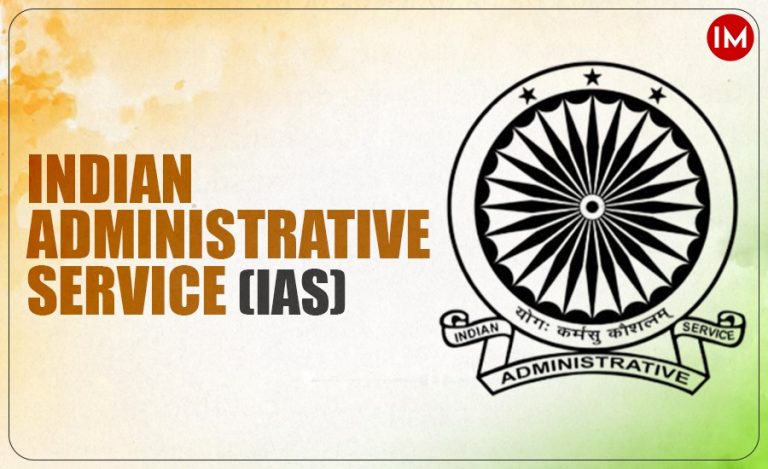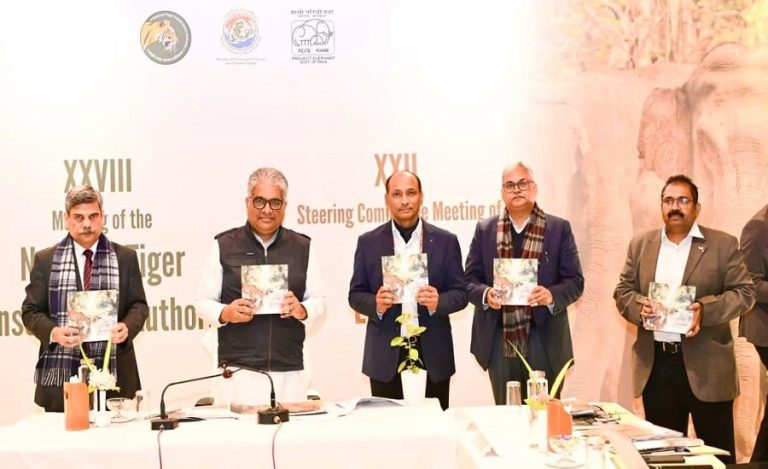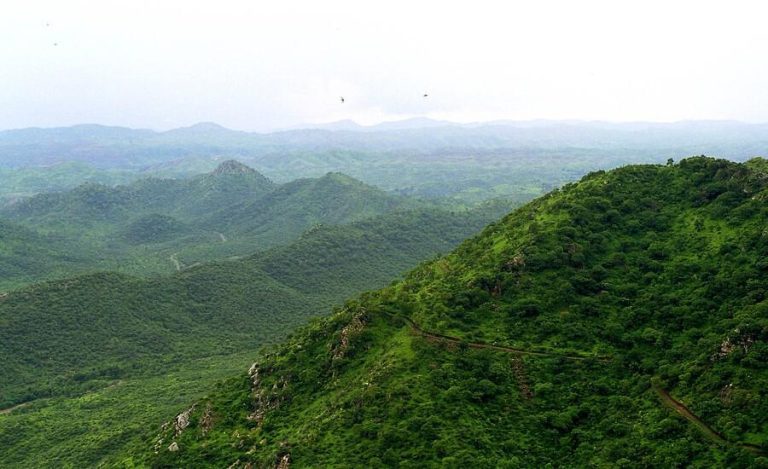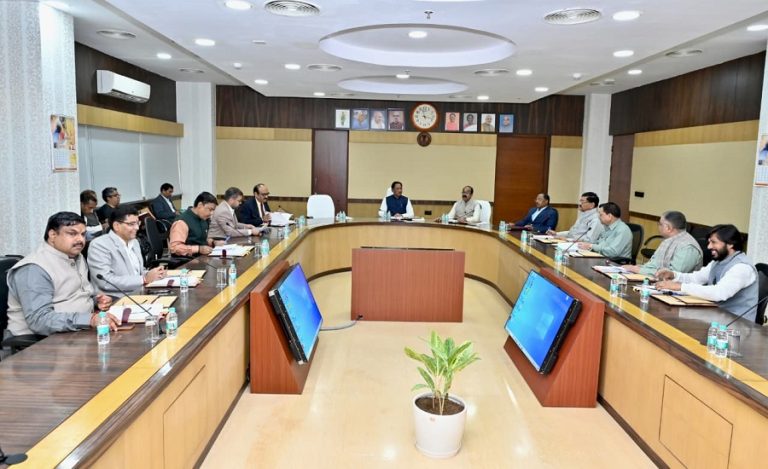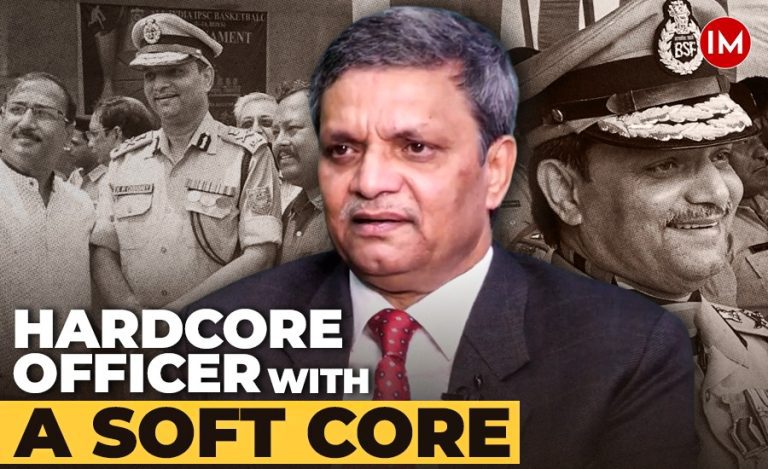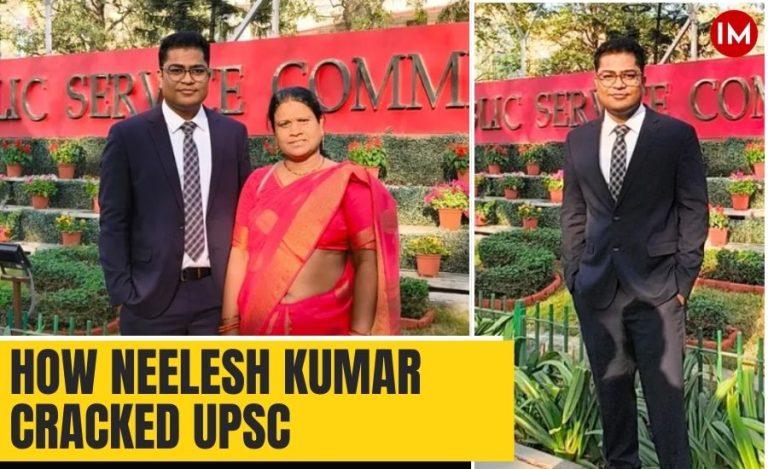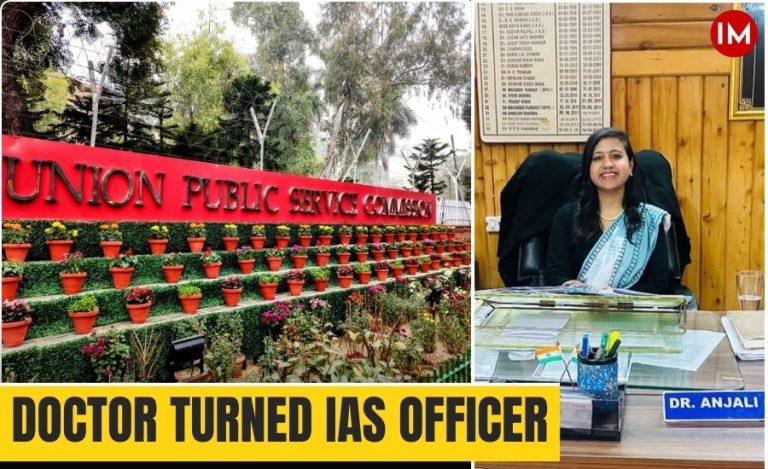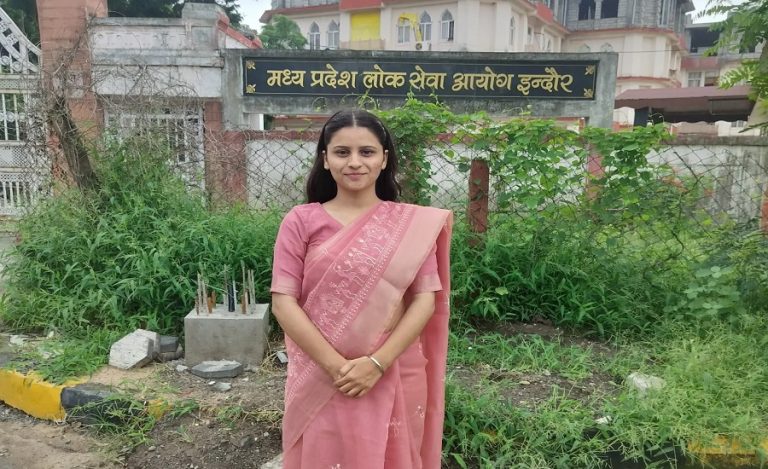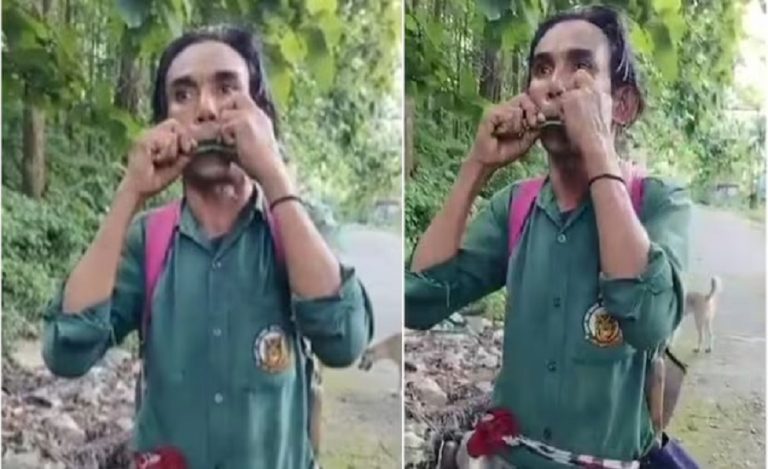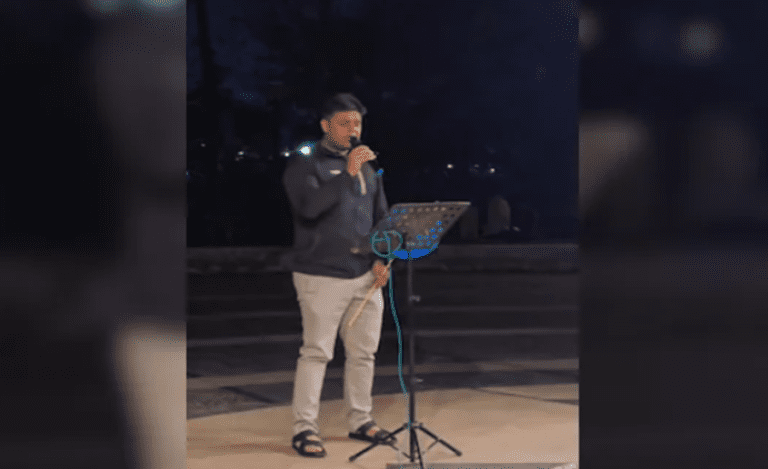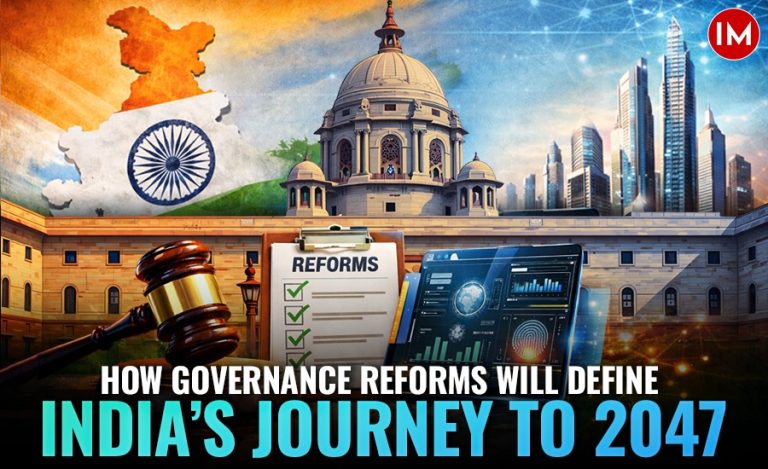The Statue of Unity – the world’s tallest statue at 182 meters (600 feet) at Kevadia on the banks of the Sardar Sarovar dam – is now the venue for a week-long programme for all the young entrants to the civil services of India as “Aarambh”. Entrants to the civil services pay their homage to the man who united India both literally and metaphorically. In the museum there are displayed the letters of accession by several of the 565 odd princely states which bear the signature of the ruler of the state, followed by their acceptance by Governor General Mountbatten. The rulers who signed the instrument of accession were a divergent lot: from rich 21-gun-salute states like Hyderabad, Mysore, Gwalior and J&K for whom Kipling had said that “Providence created the maharajas to offer mankind a spectacle”, to Vijanones in Kathiawar states whose territory was less than one square mile with merely 200 residents and an annual income under Rs 500.
While each of these accessions to India is a story waiting to be told, for it marked one of the most successful transitions of a feudal order to democratic polity, Mallika Ravikumar in her creative non-fiction book for young adults has captured thirteen unique slivers of our history. There is Travancore, which felt that it would be better off as an independent country, Gwalior which was in two minds between supporting Bhopal or joining the Dominion of India, Indore’s vacillation, Bikaner’s procrastination till Ferozepur was finally allotted to India by Radcliffe, Jinnah’s blank cheque to Jodhpur, and the firm commitment of UP’s Muslim Riyasat of Rampur to remain with India despite all efforts by Pakistan’s first Prime Minister Liaquat Ali Khan who tried his best to cajole the Nawab into joining Pakistan instead. But Rampur was one of the first to accede to India. On the other hand, Baroda and Nawanagar in the present-day Gujarat (ruled by Gaekwads and Jadejas) were trying to create an independent union of Kathiawar, and the Sardar had to mobilise the volunteers of the Congress and the AIPSC towards lessons in patriotism to these rulers.
Ravikumar also shares with the readers the trauma of Punjab’s Partition: the poignant story of how Sant Raja Singh of the village Thoa Khalsa decapitated twenty-six women and girls of his own family to prevent them from being brutally raped by vigilante mobs baying for the blood of Hindus and Sikhs. Patiala too shared the antipathy of most rulers towards the Congress, but finally its Maharaja was coaxed into becoming the Raj Pramukh of PEPSU (the Patiala and East Punjab States Union) with the Maharaj of Kapurthala as the Uppraj Pramukh. Ironically enough, Captain Amarinder Singh, scion of the Patiala dynasty, would later be elected as the Chief Minister of Punjab on a Congress ticket (he is now in the BJP)!
The book then takes us to the small 13-gun-salute kingdom of Tripura. Here Maharaja Sir Bir Bikram Singh, who had participated in the second world war and received the Order of the British Empire, had been keen that the state should finally accede to India. This sentiment was conveyed through his representative to the Constituent Assembly GS Guha. Unfortunately, the Maharaja passed away two months before Independence; the state required immediate assistance of Indian troops as three quarters of its borders became international borders after the re-drawing of national lines.
Another interesting succession story is that of the Nawab of Junagadh, who had initially heeded the advice of his constitutional adviser Nabi Baksh to join the Indian union since its population was overwhelmingly Hindu, and the Nawab too was keen to join the Kathiawar states union within the Dominion of India. However, Jinnah worked with Shah Nawaz Bhutto, father of Zulfikar and grandfather of Benazir (both of whom became Prime Ministers of Pakistan) to get the Nawab to sign papers in favour of Pakistan. In this impossible situation VP Menon entered into negotiations with Mangrol, Manaavadar and Babariawad (the three feudatory states of Junagadh) to secure their allegiance to India. Meanwhile Congress volunteers under Sambaldas Gandhi set up a parallel government Arzi Hukumat, and with help from the Bombay state police forces brought village after village under their control. The eccentric Nawab fled with his dogs – leaving his wife and child behind. A referendum was then held in which accession to India was confirmed with an overwhelming majority.
The official name of J&K was Riyasat-e-Jammu wa Kashmir wa Ladakh wa Tibet ha. As one of the largest and certainly most picturesque states of India with a majority Muslim population, Maharaja Hari Singh considered the idea of Independence outside of realization that public sentiment was with the National Conference of Sheikh Abdullah who had been associated with the All-India State Peoples Congress from the Haripura session of the Congress. When Pakistani-backed intruders attacked the frontiers of the state, the Maharaja hastily signed the instrument of accession, and Indian forces stepped into Srinagar to retrieve the situation, albeit partially.
Last, but not the least is the story of Hyderabad, aptly called “The Crawling Caterpillar”. Contrary to the advice of his cabinet and the constitutional adviser, Sir Walter Monckton, the Nizam lent his ear to the rabble rouser K Razvi. This undercut the fact that while he had the support of hundreds of Razakars, public support for the State Congress (aligned with the Arya Samaj and the RSS) was in thousands. Rejecting the firman of the Nizam, Swami Ramananda Tirtha declared that “No decision can be accepted unless it is endorsed by the people. The people of Hyderabad – whether Hindu or Muslim, Telugu, Marathi or Kannadiga – they come from the same stock as their brethren outside… our future lies in the Union of India.”
The best part of the book are the ‘Postscript’ and ‘Did It Really Happen This Way’ sections at the end of each chapter. This gives the young reader an update of the developments in each of the states. Thus, for example, the postscript on Hyderabad informs us that despite the posturing by K Razvi, the state fell within 108 hours of Operation Polo. On 18th September, 1948 the Nizam announced Hyderabad’s merger with India, and in November 1949, the Nizam issued another firman accepting the adoption of India’s constitution. Later when the country became a Republic, the Nizam was made the Raj Pramukh of Hyderabad. Sidney Cotton, the man who tried to smuggle weapons into Hyderabad and is variously described as a conman and a war hero, may have been the inspiration for the iconic character of James Bond. And finally, she mentions the array of resources deployed by her in writing every chapter: in addition to Integration of States by V.P. Menon, she looked at the writings of Sir Mirza Ismail, John Zubrzycki, P. Sundarayya, speeches of Swami Ramananda Tirtha, Uma T’s doctoral thesis, A.G. Noorani, Sardar Patel’s correspondence and documents from Transfer of Power and Towards Freedom.
Before closing, one must mention the clever nuance of language employed by the British in their dealings with the states. In the first instance, they were called ‘princely states’ and their throne was called ‘gaddi’. A prince is a ‘king-in-waiting’ and the Indian Rajas and Maharajas for all their pomp and glory were always reminded of their status vis a vis their titles and gun salute status. Thus, the Viceroy’s gun salute of 31 guns was way higher than that of the largest states in India. Gun salute status and titles kept the Rajas on their toes and more or less loyal to the Crown – the ultimate authority. It is true that many rulers like those of Mysore, Travancore and Baroda were progressive and introduced reforms through legislatures. But in general, kings lived in their own world of privilege and titles. Most of the princes were members of the Narinder Mandal, and thought the GoI Act of 1935 was looking at a role for them in the affairs of the state. by the time the Indian Independence Act of 1947 was announced, the British renounced their paramountcy and left the prices with limited options of joining either of the two dominions.
This is a book not just for young adults, but for everyone who wants to understand how the Dominion of India with its 11 provinces and 565 states was transformed into the Republic of India by 26th January 1950 – thanks to the stupendous efforts of Sardar Patel and the able aid of VP Menon.
ABOUT THE AUTHOR
Dr Sanjeev Chopra, is a 1985-batch IAS Officer of West Bengal cadre. He retired from the service on March 31, 2021 as Director, Lal Bahadur Shastri National Academy of Administration (LBSNAA), Mussoorie.


